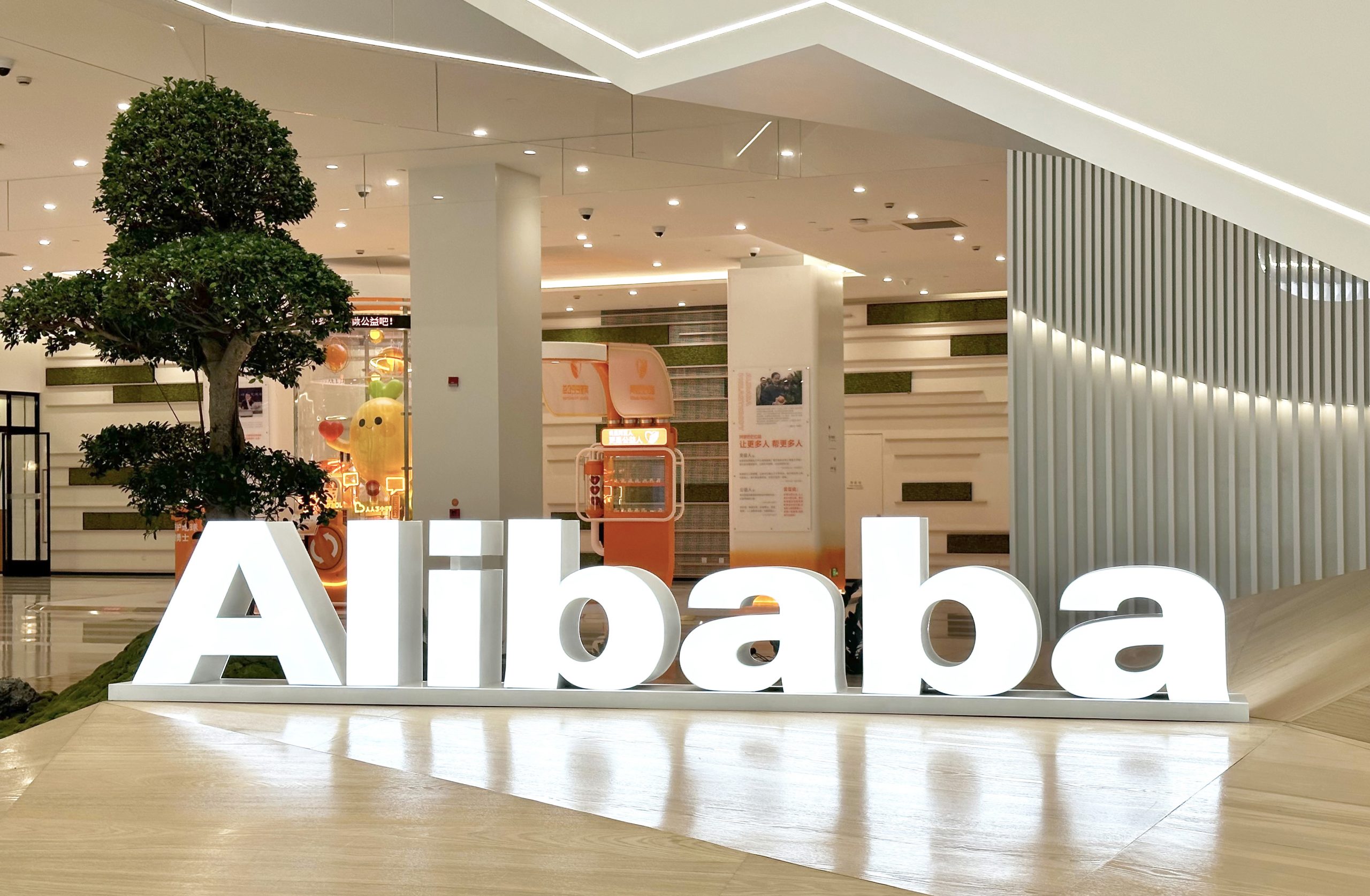Creating a website like Alibaba—a large-scale B2B (business-to-business) marketplace platform—involves intricate planning, strategic decision-making, and significant investment in technology, design, marketing, and ongoing operations. In this article we’ll explore what it takes to build an Alibaba like eCommerce platform, both from a technical and business perspective. We will also reference industry guides such as those from Dokan, Sharetribe, and RubyGarage to provide a comprehensive roadmap.
Table of Contents
- What Is Alibaba and How Does It Work?
- Key Features of an Alibaba-Like Platform
- Technology Stack for a B2B Marketplace
- Development Approaches: Custom vs. Ready-Made
- Cost Breakdown
- Timeline and Phases
- Legal and Compliance Considerations
- Monetization Strategies
- Marketing and Growth Strategy
- Conclusion
1. What Is Alibaba and How Does It Work?
Alibaba is a leading global B2B eCommerce platform connecting manufacturers, suppliers, and distributors to buyers around the world. Its business model allows sellers to list their products and buyers to request quotations or make bulk purchases.
Alibaba primarily focuses on:
- Bulk transactions
- Supplier verification
- Secure trade mechanisms
- Multi-language support
- Global logistics and payments integration
2. Key Features of an Alibaba-Like Platform
To replicate the core functionality of how to create a website like alibaba, your platform must include several essential features:
User Roles
- Buyers
- Sellers
- Admins
Core Features
- Multi-vendor registration and management
- Product catalog and search
- Quotation and negotiation system
- Payment integration (escrow and multi-currency)
- Ratings and reviews
- Messaging and communication
- Order and shipping management
- Content management system (CMS)
- Analytics and reporting dashboard
Advanced Features
- AI-driven recommendations
- Advanced filtering and product comparison
- RFQ (Request for Quotation) system
- Buyer protection policies
- API integrations for logistics and ERP systems
3. Technology Stack for a B2B Marketplace
The choice of technology determines the performance, scalability, and security of your platform.
Frontend
- React.js or Vue.js
- Tailwind CSS or Bootstrap
Backend
- Node.js / Django / Ruby on Rails
- REST or GraphQL API
Database
- PostgreSQL or MongoDB
- Redis for caching
Infrastructure
- AWS / Google Cloud / Azure
- CDN (Cloudflare)
- Docker for containerization
Third-Party Integrations
- Stripe, PayPal, Payoneer for payments
- Twilio or SendGrid for notifications
- Elasticsearch for product search
4. Development Approaches: Custom vs. Ready-Made
Custom Development
- Fully tailored to your business needs
- Scalable and flexible
- Longer time to market
- Higher initial cost
Ready-Made Solutions
- Platforms like Sharetribe, Dokan (WordPress-based), CS-Cart, and Magento offer pre-built B2B templates
- Faster deployment
- Limited customization
- Lower upfront cost but higher long-term maintenance if scaling
Recommendation: Start with a ready-made MVP, then migrate to a custom-built system as your user base grows.
5. Cost Breakdown
Creating a B2B platform like Alibaba can range from $30,000 to $300,000+ depending on the scale and complexity. Here’s a breakdown:
Basic MVP (Minimal Viable Product) – $30,000 to $60,000
- Vendor registration
- Product listings
- Simple search and filtering
- Basic messaging
- Manual order processing
Standard Platform – $70,000 to $150,000
- Full RFQ system
- Secure payment integration
- Admin dashboards
- Performance optimization
- Responsive design
- Security and compliance
Enterprise-Grade Platform – $200,000 to $500,000+
- Custom CRM & ERP integrations
- AI-powered analytics
- Multi-language support
- Dedicated mobile apps (iOS + Android)
- API integrations with logistics & warehousing
- Scalable cloud infrastructure
Ongoing Costs
- Hosting: $500–$2000/month
- Maintenance: 15–20% of development cost annually
- Marketing: Variable ($2000–$10,000/month depending on campaigns)
6. Timeline and Phases
Developing a full-fledged B2B marketplace typically unfolds in the following phases:
1. Discovery & Planning (4–6 weeks)
- Market research
- Competitor analysis
- Feature list definition
- Tech stack selection
2. Design (4–8 weeks)
- UI/UX wireframes and prototypes
- Design revisions
- Responsive design testing
3. Development (3–8 months)
- Backend and frontend development
- Integration with APIs
- Testing and QA
4. Launch & Feedback (2–4 weeks)
- Soft launch
- User testing and feedback loop
5. Post-launch Support
- Bug fixes
- New feature development
- Scaling based on traffic
7. Legal and Compliance Considerations
When building a platform like Alibaba, legal frameworks play a crucial role, especially for international transactions.
You must consider:
- GDPR / CCPA compliance
- Terms of Service & Privacy Policy
- Escrow and dispute resolution policies
- Taxation and invoice handling
- Anti-fraud and KYC mechanisms
8. Monetization Strategies
Alibaba’s revenue model is a mix of subscriptions, commissions, and advertisements. Your marketplace can adopt similar models:
Subscription Plans
- Premium seller memberships
- Featured listings
Commission Model
- Take a percentage from each transaction
Ads and Promotions
- Sponsored products
- Homepage banners
Value-Added Services
- Freight forwarding
- Warehousing
- Payment protection and escrow
9. Marketing and Growth Strategy
Even the best platform won’t succeed without users. Here’s how to acquire and retain them:
Seller Acquisition
- Outreach to manufacturers and wholesalers
- Trade show promotions
- Free onboarding support
Buyer Acquisition
- Google Ads and SEO
- Content marketing (blogs, whitepapers)
- Social media campaigns
Retention Strategies
- Loyalty programs
- Email newsletters
- Personalized recommendations
Performance Metrics
- Monthly active users
- GMV (Gross Merchandise Volume)
- Conversion rate
- CAC (Customer Acquisition Cost) vs. LTV (Lifetime Value)
10. Conclusion
Building a website like Alibaba is a high-investment but high-potential venture. It requires in-depth industry understanding, strong technical execution, and an effective go-to-market strategy. Start by identifying your niche and developing an MVP with essential B2B features. Once validated, scale with more advanced capabilities and monetization strategies.
Whether you choose a platform like Sharetribe or Dokan to start quickly, or go with a fully custom solution as described by RubyGarage, the path to launching a B2B marketplace is ambitious—but achievable with the right plan and budget.

